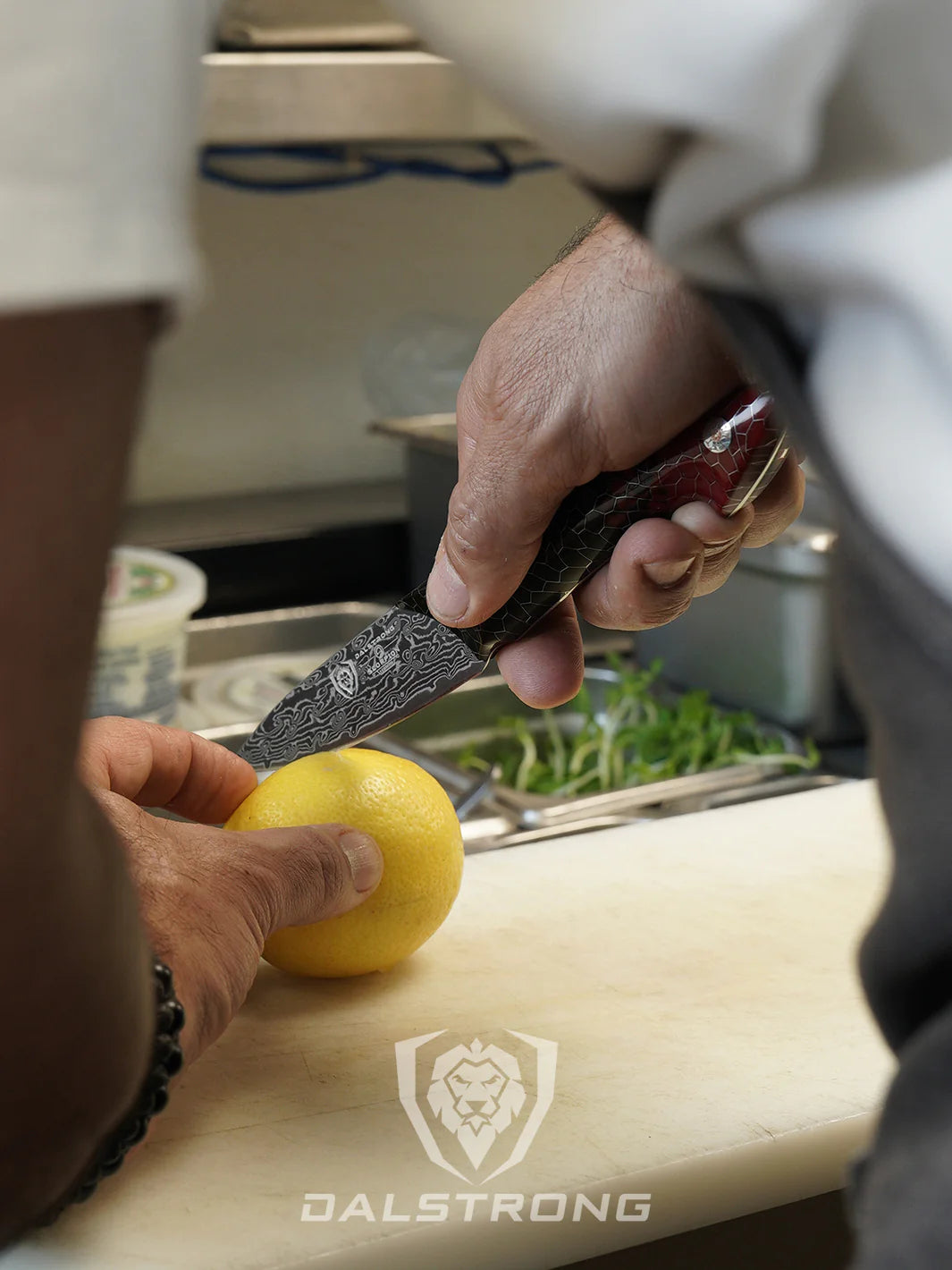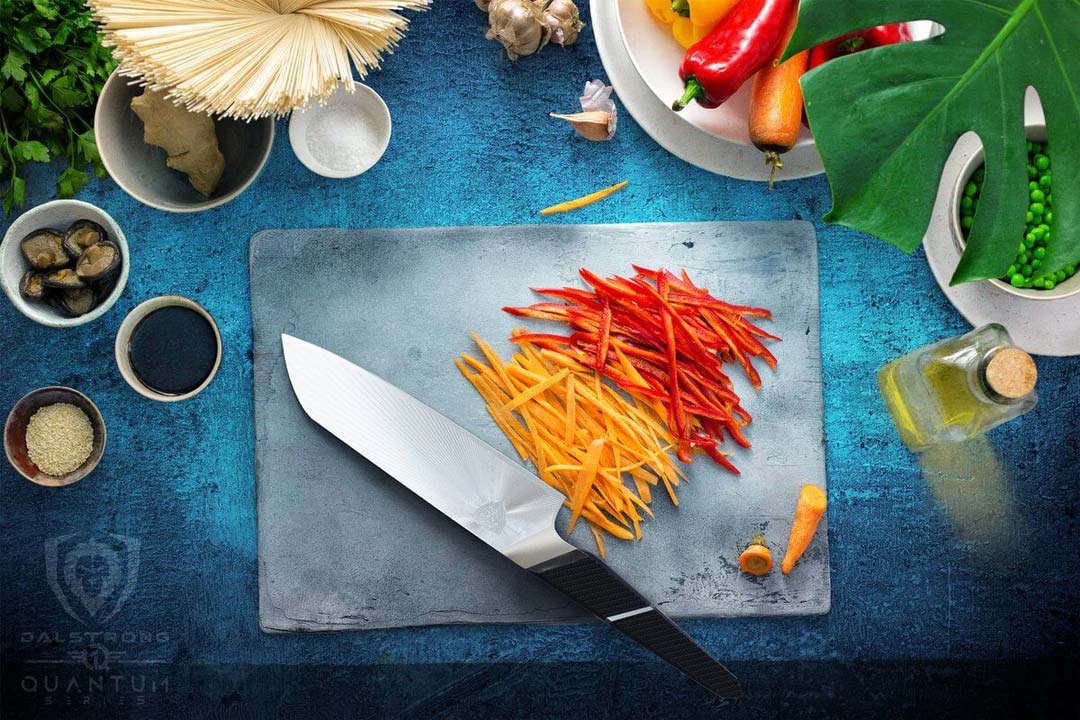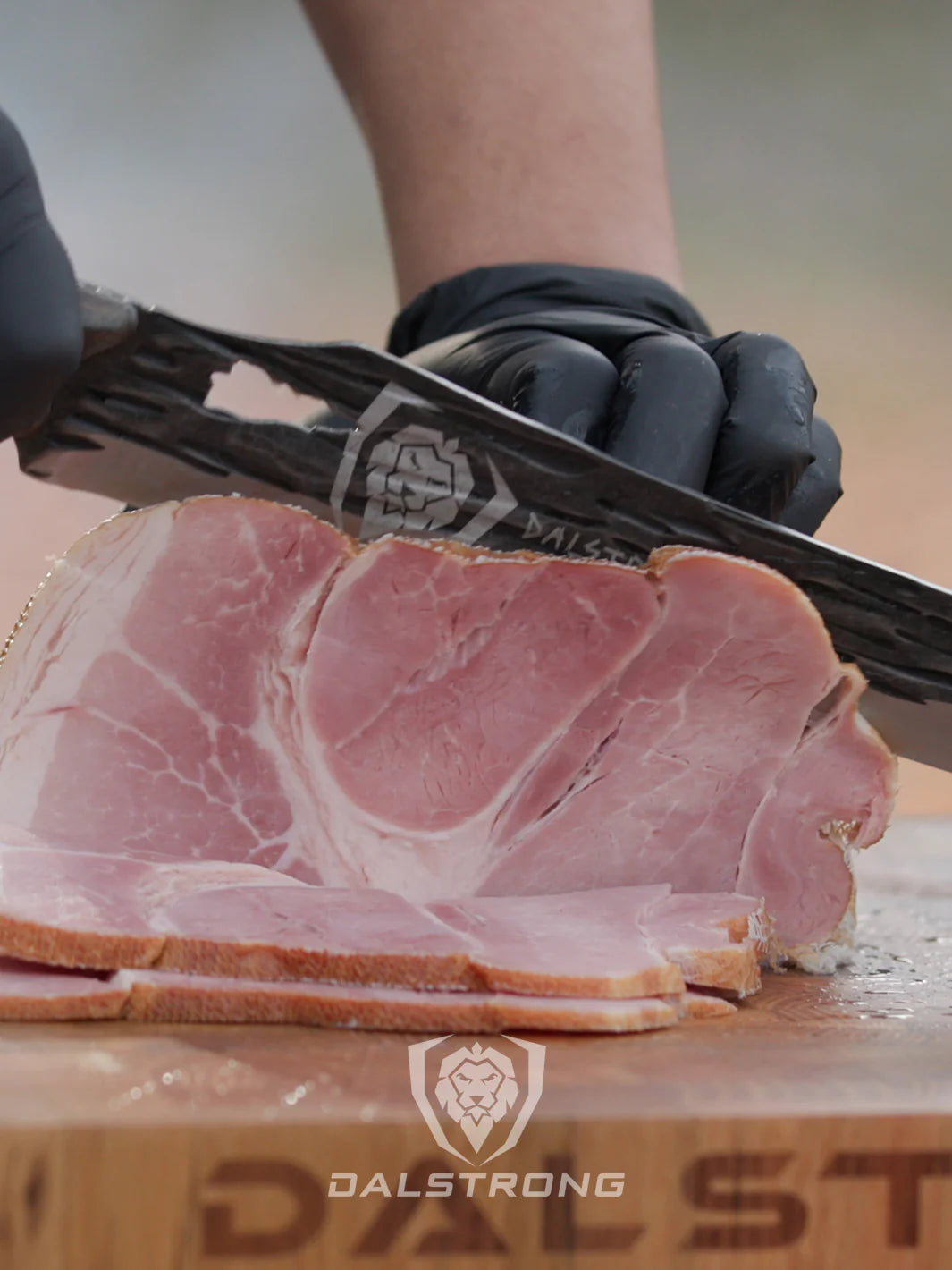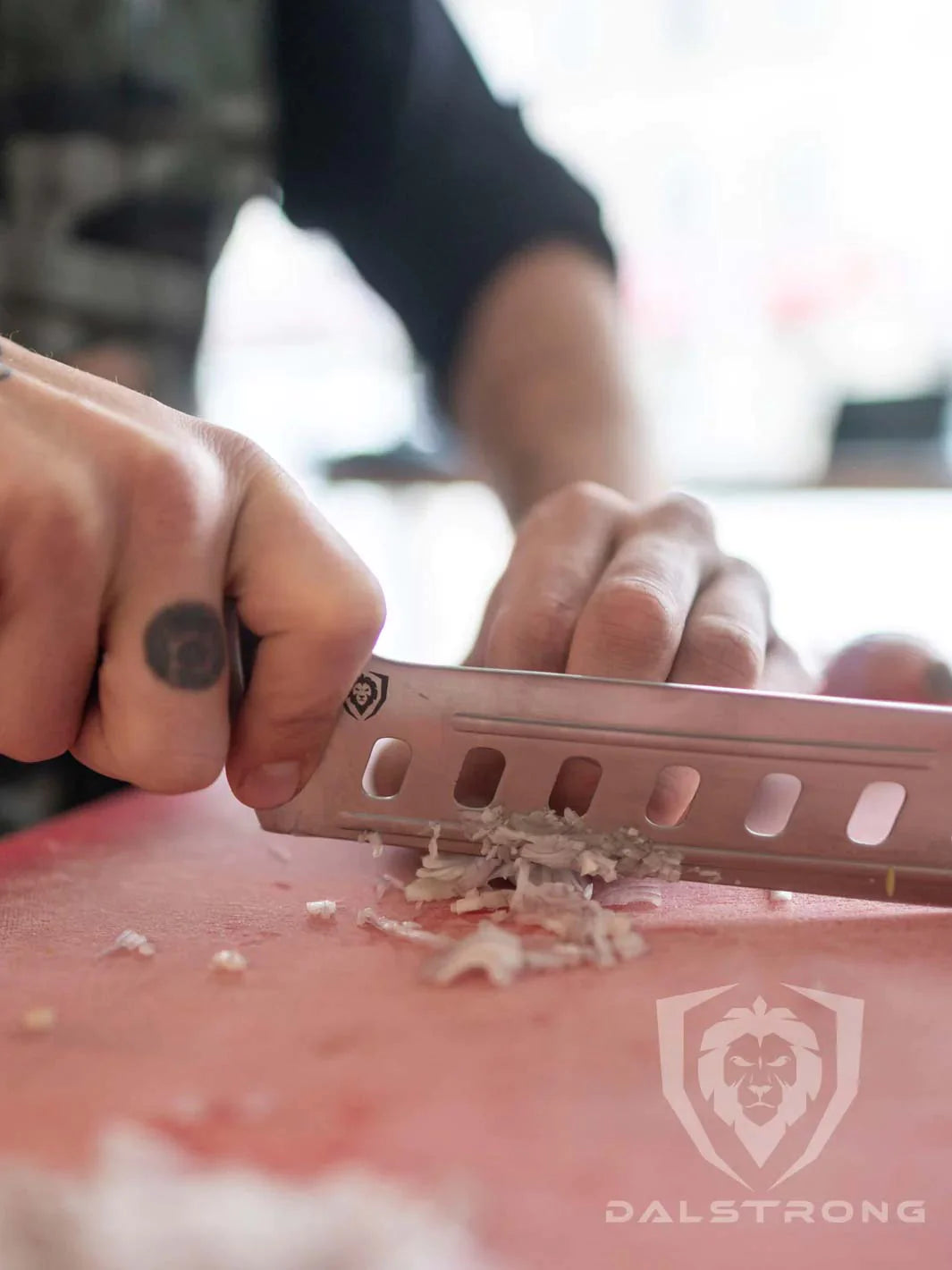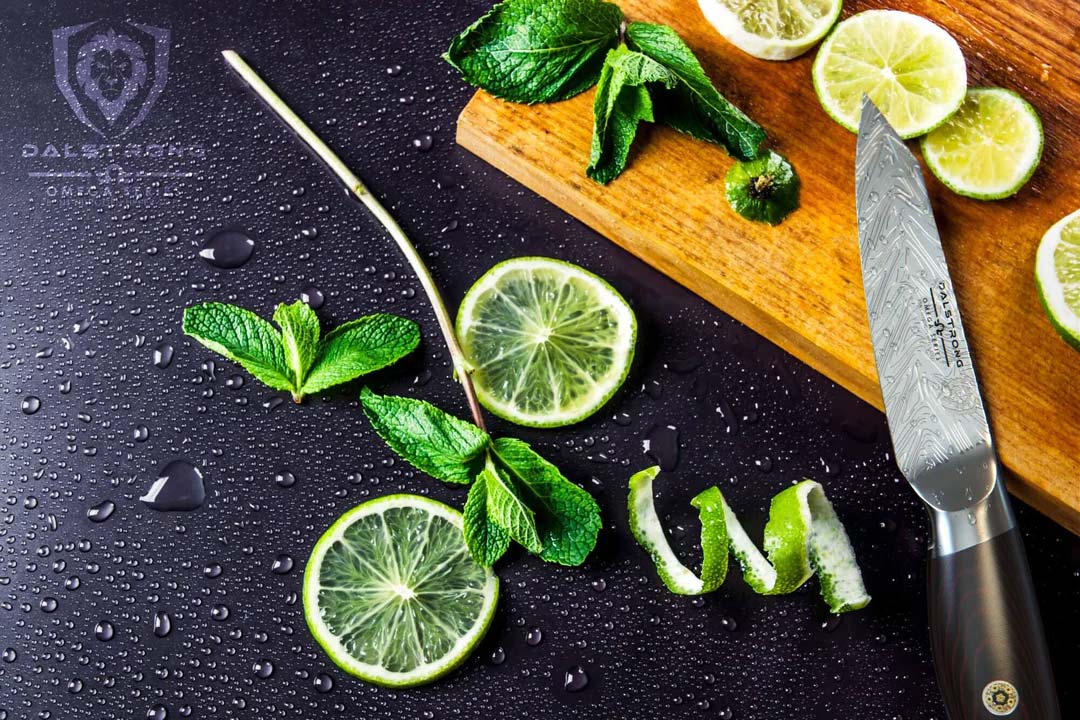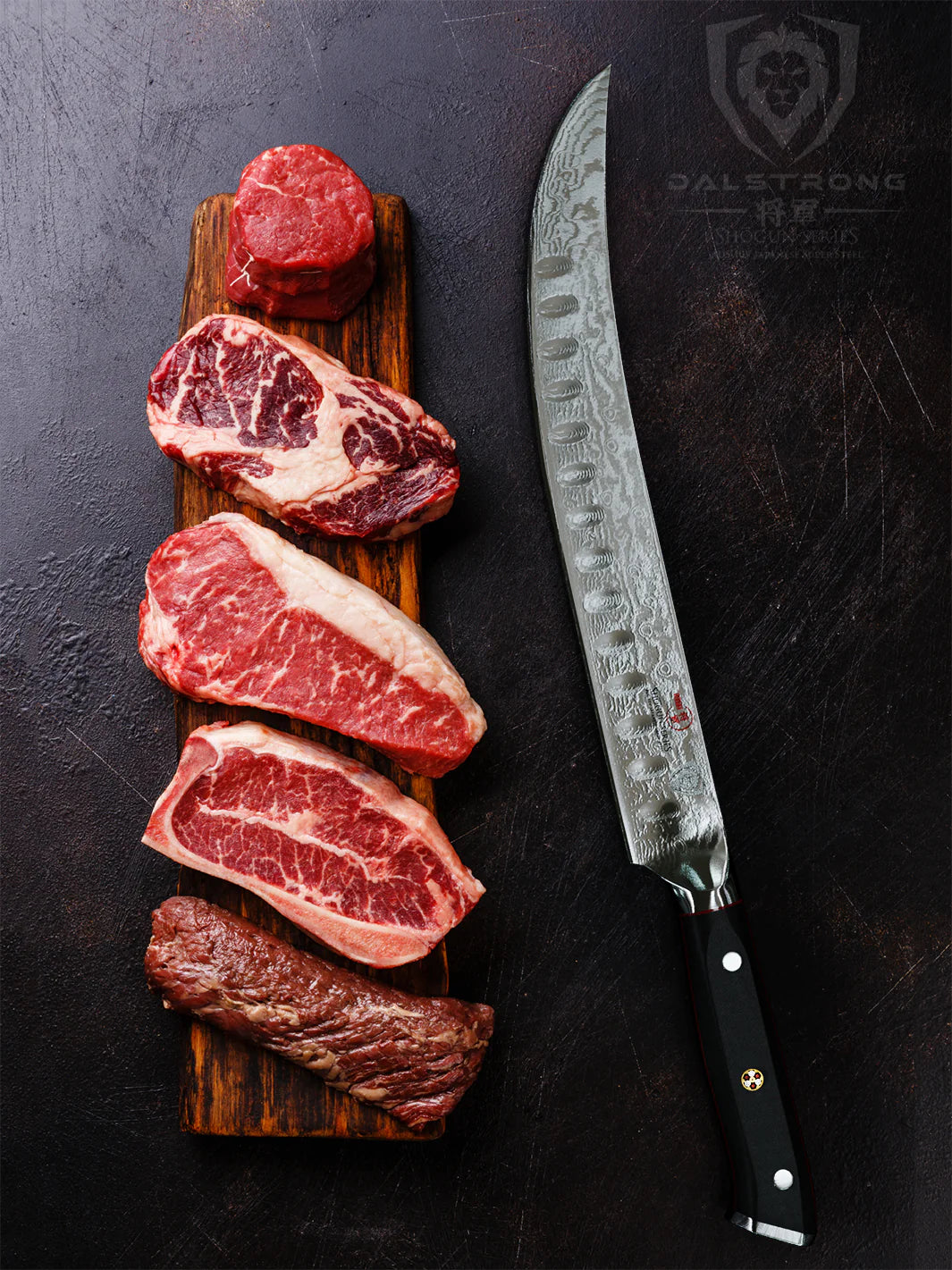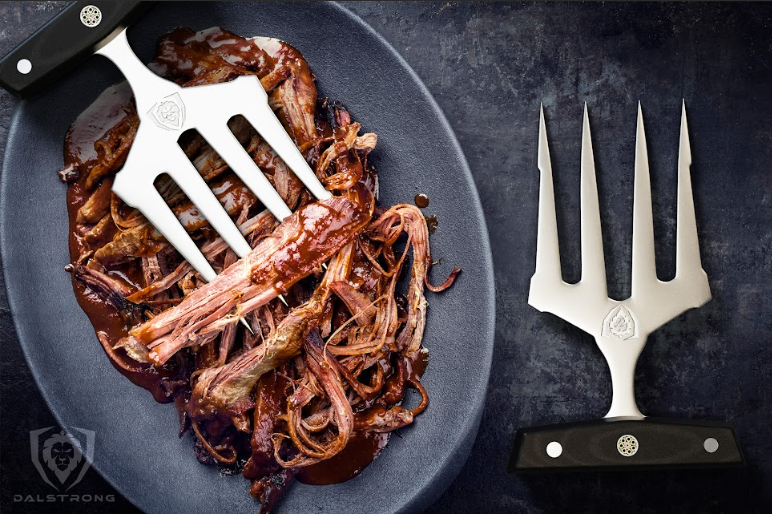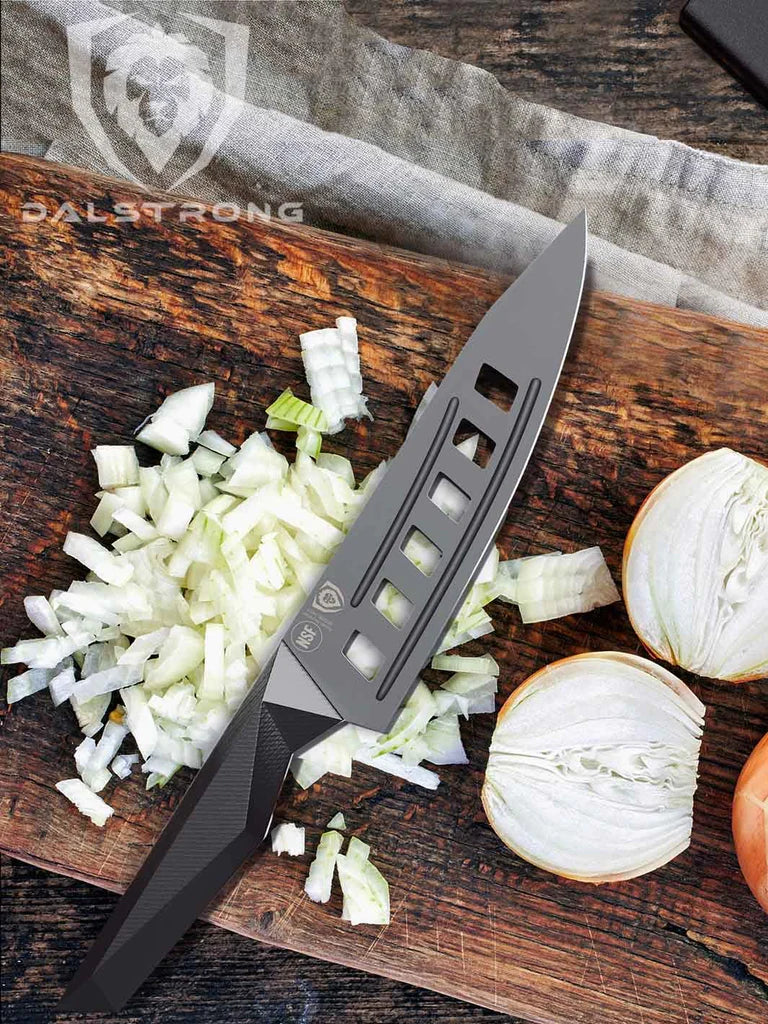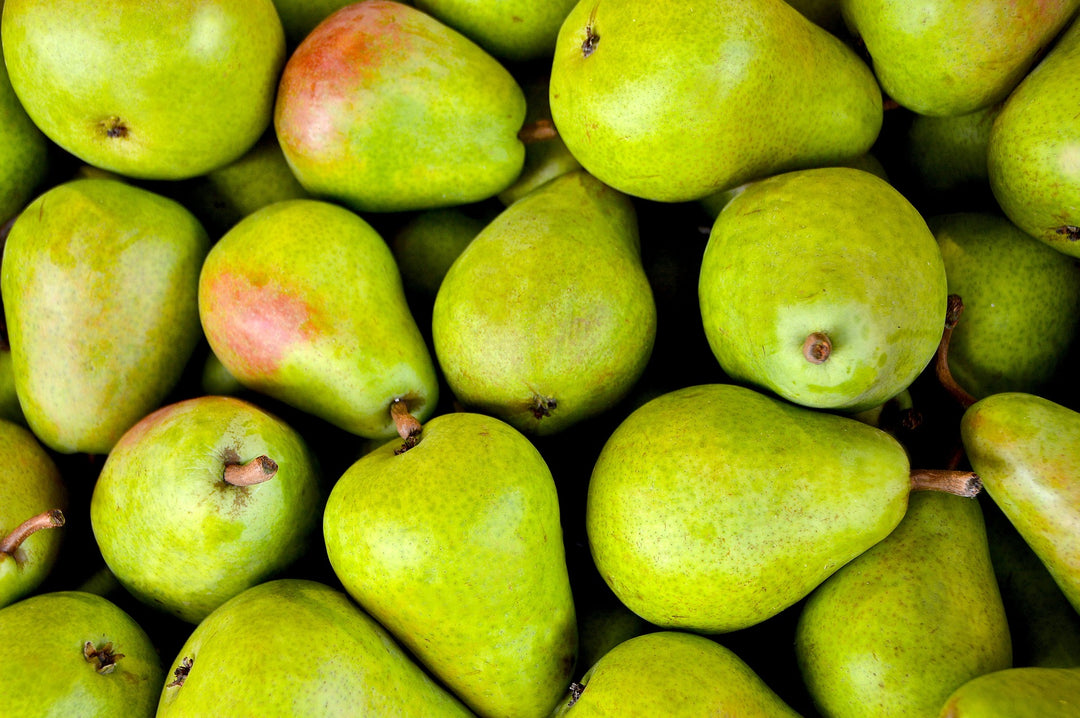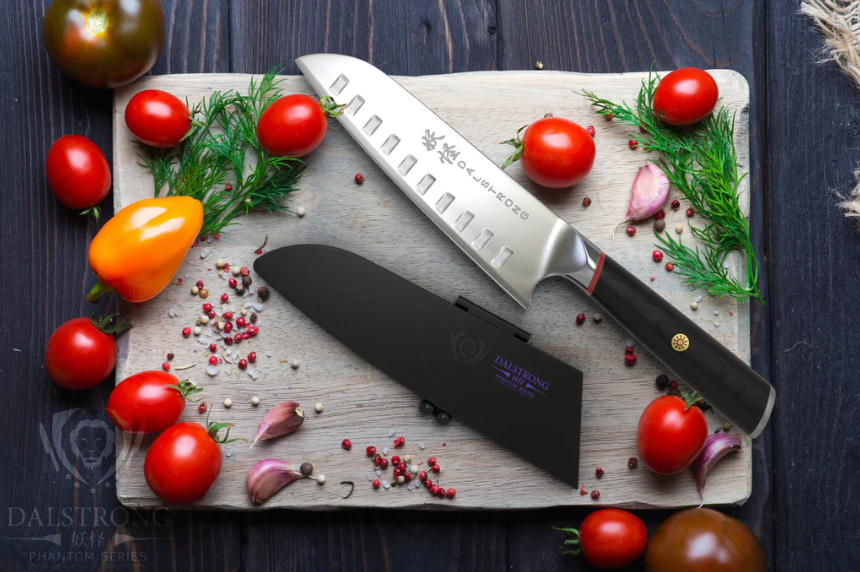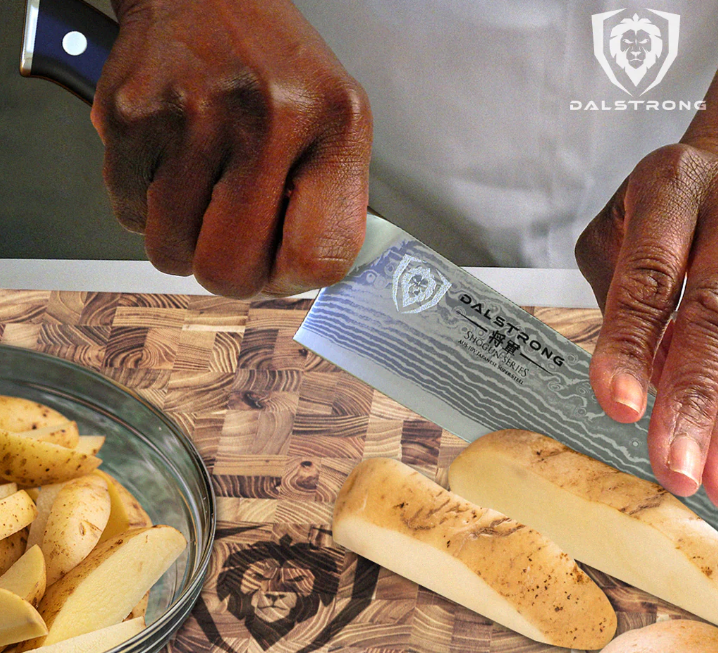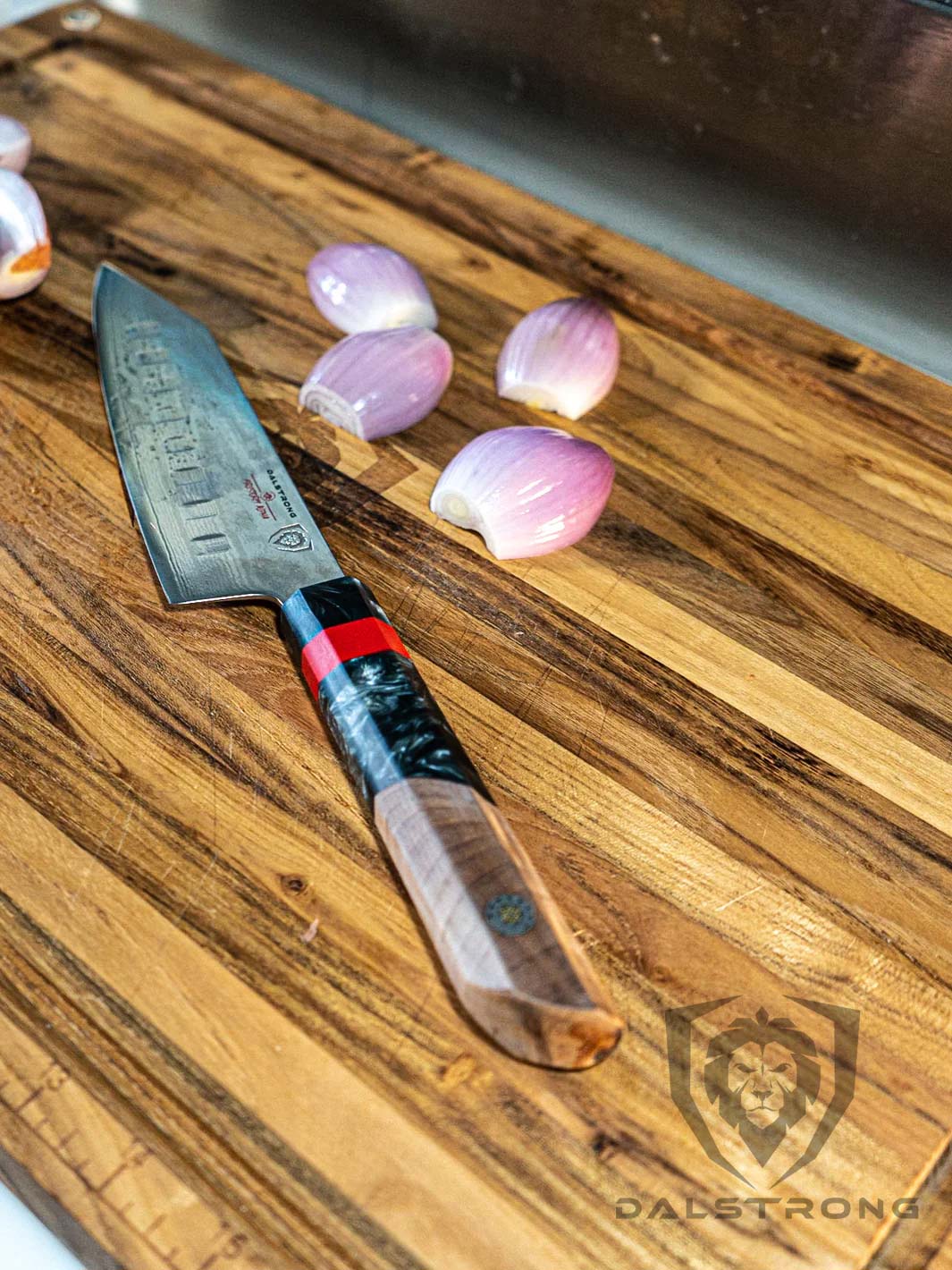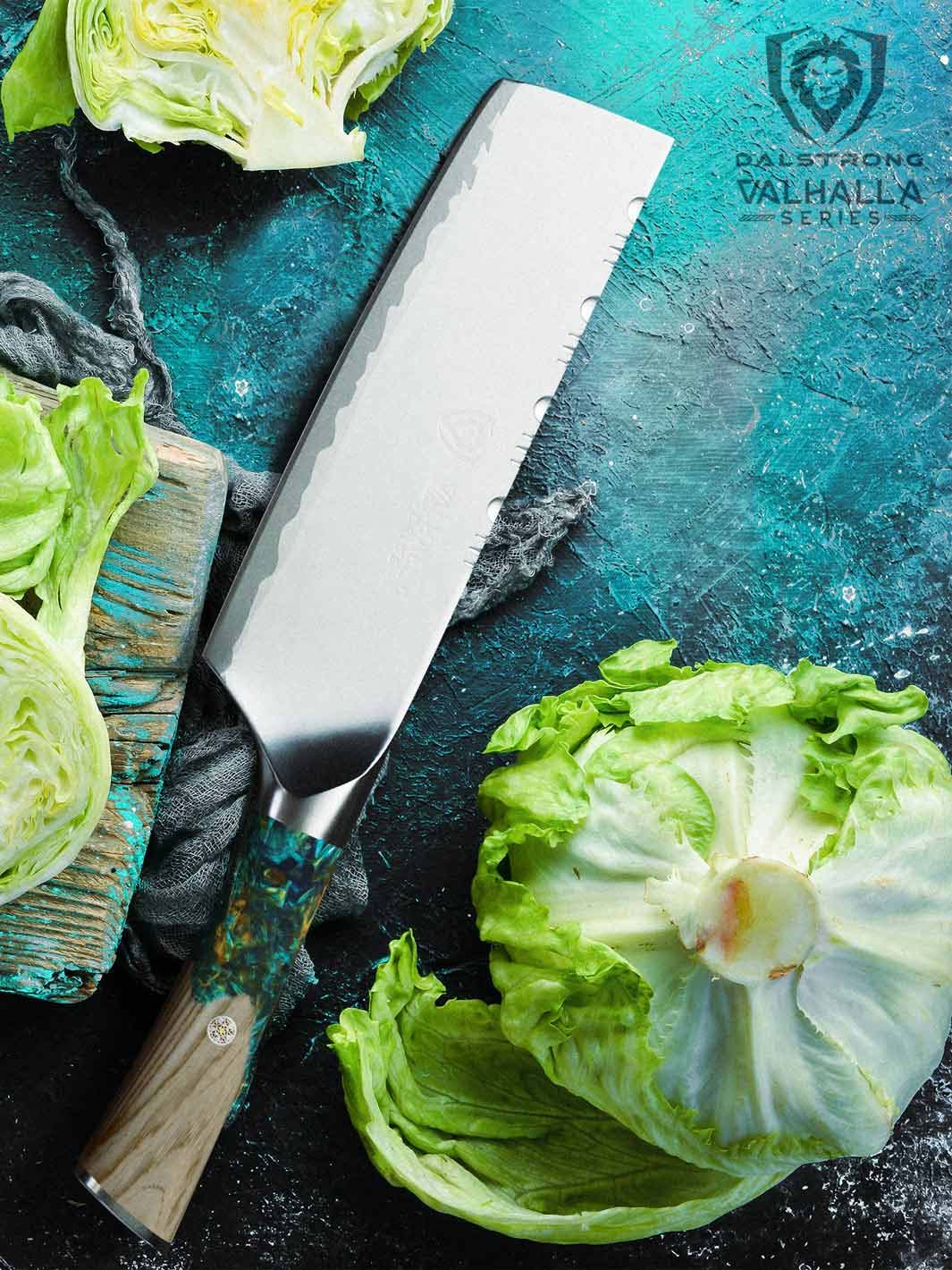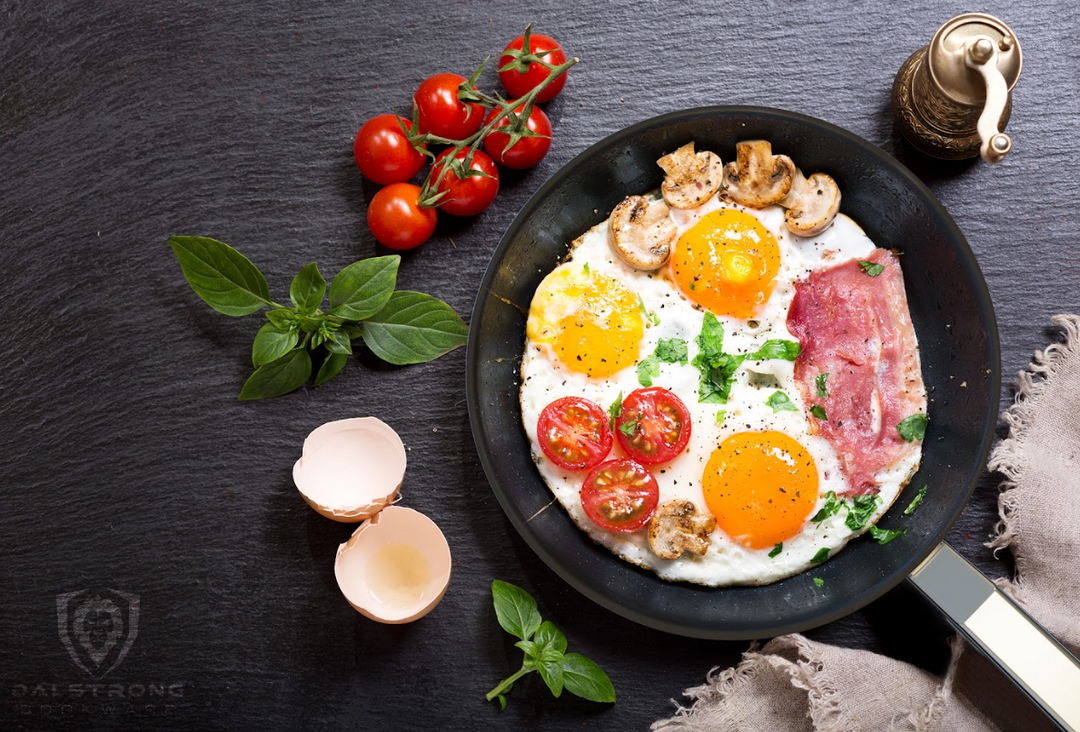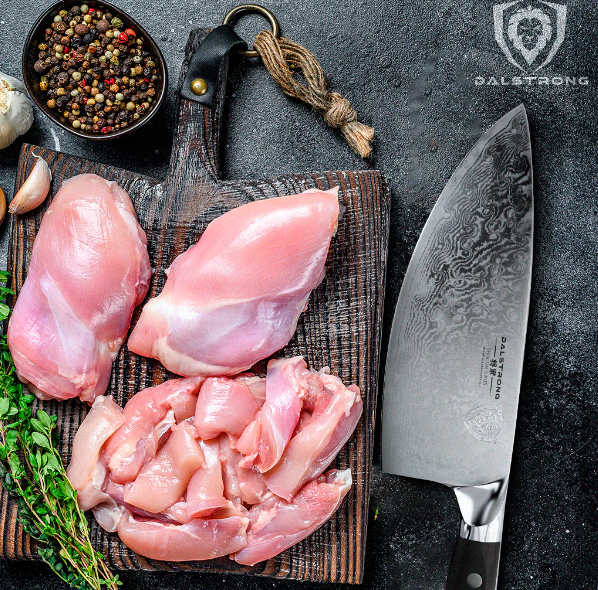How To Make A Fried Egg Perfectly

Professional Tweezers High-Precision Black Titanium Coated 12"
QUICK OVERVIEW: How To Make A Fried Egg
- Heat a frying pan over medium-low.
- Once your pan is hot, add your preferred fat and swirl the pan to make sure it has coated the surface.
- Add a pinch of salt — or the season of your choice.
- Crack the eggs into the pan.
- Cook the eggs until the yolks and whites reach your desired completion. Feel free to turn the eggs over with a spatula to cook the egg evenly. Quick tip: cover the pan with a lid to trap the heat and cook the egg on both sides at the same time.
Anyone can fry an egg — right?
A friend’s grandma used to say that when someone learned to make the perfect fried egg, they were able to cook anything. When I heard this I didn’t know how to cook, so I couldn’t help but wonder: what’s the secret? Is it the fat? Is it the pan? Is it the color of the shell? Is it the grass-fed brands?
According to this adorable lady — who not only loved cooking but also owned a restaurant herself — the secret was the temperature. Frying an egg with low-to-medium temperature was the best option to make the perfect egg.
Needless to say, a long time went by until I realized this was a great trick that worked for any type of fried egg, either an over-hard, over-medium or an over-easy egg. Also, over time I got to notice that even though eggs are a basic, there is more than one way to fry the perfect one.
This article will help you figure out how to make a fried egg that will upgrade any meal. We’ll guide you through your egg-picking process, you’ll learn different ways and techniques to fry an egg, some easy but yummy tips, and even which type of pan and utensils to use. Let's get cracking — no pun intended.
1. How To Pick Fresh Eggs Every Time
Gladiator Series Utility Knife 6"
Eggs are an incredible source of protein. If you don’t believe me, you can ask any gym bro and you’ll see their diet is packed with eggs in almost every meal. We think that’s a practical way to elevate your daily menu.
You can have eggs at breakfast with toast, pancakes, waffles, and crackers. You can add them to your lunch or dinner as a companion for rice and vegetables, chicken and rice, a sub, or a salad. And you can even have them as a snack — for hard-boiled eggs!
Now, how do you pick fresh eggs every time? That’s a great question and is also a great skill to have. In this section, we’ll teach you some quick and easy tricks to always pick the freshest eggs.
Read about Egg Nutrition Facts and Health Benefits, here.
Before purchasing
Take a look at the expiration date
It might sound obvious but you’d be surprised to know the amount of people that don’t check the expiration date when buying eggs. Another important date to keep in mind is the sell-by date — by choosing eggs with the furthest sell-by date, you ensure the freshness of the product.
Check the shape and size
Irregularities in shape are not what we’re looking for — try to pick a clean and symmetrical egg. Regarding the size, that’s a personal preference; for egg lovers, picking a jumbo egg is a go-to option. If that’s your size preference, you could be lucky enough to get a couple of double-yolk eggs in your carton — may the odds be always in your favor.
Inspect the eggshells
Make sure there are no cracks or dents in the shell since it could lead to contamination. A quick tip: keep in mind that fresh eggs usually have a slightly rough texture.
After purchasing:
Make sure it’s stored in good condition
If bought at the supermarket or convenience store, eggs should be stored in the fridge since that’s the environment they’re coming from. Farm-gathered eggs could be used shortly after collected, but it’s also recommended to store them so they remain fresh for upcoming days.
Crack it on a separate bowl for odor confirmation
The most common method to confirm your egg’s freshness. It allows you to smell it and also to visually inspect the white and yolks. People tend to think that by doing this, the yolk will not break easily, but that’s not entirely true and it also doesn’t mean that the egg is necessarily rotten — a piece of shell could’ve scratched the silky yolk.
Try the “float test”
If you don’t want to smell the eggs, or you’re aiming for an extra confirmation method, fill a glass with water and gently place an egg in it. If the egg is fresh, it will sink to the bottom. If it’s somewhat fresh, it will sink but it won’t reach the bottom. And if it’s old or rotten, it will float — dispose of that egg immediately.
By following these tips, you can reliably pick fresh eggs, ensuring the best quality for cooking and eating.
2. Different Ways To Fry An Egg
Oberon Series 12" Frying Pan & Skillet
When it comes to eggs, everyone likes theirs differently, and that's okay! If you prefer a runny yolk you might want to cook sunny-side-up or over-easy eggs. If a runny yolk is not your cup of tea, taking the over-medium and over-hard route might be good for you — it’ll just take a little bit longer, but the flavor will be equally delicious.
Let’s take a look at some different ways to fry an egg — and some different methods, as well:
Frying a sunny-side-up egg
On a sunny-side-up egg, the whites are set and the yolks are runny. How do we get that yummy texture? By grabbing a small nonstick skillet, add your preferred fat to it over lower to medium heat. Crack an egg into the pan, season it, and cook for about 3 minutes. Do not flip it. When the white is completely set, remove the egg from the pan and enjoy it with your favorite side.
Frying an over-easy egg
The difference between a sunny-side egg and an over-easy one is that over-easy eggs are flipped before removing from the pan, while sunny-side-up eggs only cook on one side. So, in a small frying pan, melt some butter or add vegetable oil over medium heat. Crack your egg into the pan, season, and cook for about 3 minutes or until the white is set. Flip the egg and cook for less than a minute — this will seal the other side of the egg. Remove from the pan and add it to your meal.
Frying an over-medium egg
Heat a lightly oiled skillet with seasoning over low to medium heat. Crack your eggs into the skillet, and cook for about 3 minutes, as well. Flip and cook the other side for over a minute, until the yolk is slightly set. Remove from the skillet and enjoy.
Frying an over-hard egg
In a small nonstick pan over medium heat, melt butter or heat vegetable oil. Add your preferred seasoning. Crack an egg into the pan. Cook for over 3 minutes. You can pinch the yolk with a fork, flip, and cook for over 3 minutes more until the yolk is completely set. After this, the over-hard egg is ready!
Frying an egg without oil
For a fat-free version, you can totally “fry” an egg without oil. You just need to make sure to use a non-stick pan, you can add a bit of water to the pan and crack the egg into it. The key is to cover the pan with a lid and let the egg cook as desired, if you want to, you can always flip it or add a few tablespoons of extra water if needed.
Frying an egg in the oven
If you’re cooking a meal for a bunch of people, frying eggs in the oven is a great way to go. Wipe a baking sheet with oil or butter, and crack a few eggs onto the baking sheet, season as desired. Bake the eggs for almost 20 minutes at 300º F or until the eggs reach your desired yolk.
3. Tips For The Best Fried Eggs
Oberon Series 10" Frying Pan & Skillet
Just as I gave my friend’s grandma’s secret away, here are some quick tips for you to make the best fried eggs in minutes:
- The skillet you use matters, even when you’ll be using butter, oil, or any other fat, use a non-stick pan — if the pan has a slippery surface, it’ll be easy to move and flip the eggs. If it’s not a non-stick pan, it might burn your eggs, and flipping them will be kind of hard.
- The size of your pan or baking sheet will depend on the amount of eggs you’re frying. If you add too many eggs to a small skillet, it’ll almost become an omelette or a tortilla.
- Remember to use oil — specifically olive oil — for crispier browned edges.
- You can always add chili flakes or black pepper to give the eggs a little more flavor.
4. Dalstrong Products You Will Need Fry Eggs
When it comes to frying eggs, you don’t need many utensils, but we have some useful options for you to try:
Perfect for frying any desired ingredient. This is a high-performing, and ultra-functional skillet built to last a lifetime.
PROS:
- Oven and broiler safe to up to 600 degrees F. Safe for freezer, dishwasher, and refrigerator as well.
- It has a 4mm tempered glass lid that provides a clear window during your entire cooking process.
- Crafted from premium materials, this frying pan is surely to last a lifetime.
CONS:
- You may also prefer a classic 16" frying pan or a baking sheet pan to cook more eggs in less time.
Is it too big to fry one egg? Yes, but it’s perfect to fry multiple eggs at once. It provides a lot of versatility, with an eye-catching luxurious design that allows full performance. This incomparable pan will help you with any kitchen duties.
PROS:
- Has a glass lid for easy monitoring when cooking any of your favorite dishes.
- Easily transition from cooking on the stovetop to finishing in the oven.
- Features premium, USA made, Eterna® non-stick coating, that is PFOA and APEO free.
CONS:
- Some might prefer a griddle instead of a frying pan.
3. Professional Chef's Kitchen Apron
Designed to function as smoothly as it looks, with an adjustable neck strap, easy-tie waist, 3 front pockets, and one stash pocket, this professional gray denim apron is built to last, feel good, and work alongside you in the kitchen all day.
PROS:
- Made of 100% poly-cotton denim and genuine leather on engraving and fixings.
- It's a durable and easy-to-clean piece that’s functional and distinctive.
- Easy to access pockets.
CONS:
- You might need to buy a leather apron to feel safer if you’re cooking meat or high-temperature meals.
- It might be lighter than most cooks would expect.
Looking for a different material? We have a variety of aprons just for you.
4. Professional Slotted Fish Spatula 7.5"
This flexible spatula is crafted for superior hand control, grip, dexterity, and comfort. It is ideal for navigating crowded pans and securely sliding under delicate foods without damaging them.
PROS:
- Ergonomic handle shape for maximum comfort, grip, and maneuverability.
- Cleans easily for low maintenance.
- Great for removing delicate filets of fish, flipping eggs, grilling burgers, thick steaks, and more.
CONS:
- Some cooks might prefer a solid spatula for everyday use.
From thick proteins to stir-fried vegetables and delicate omelets or fried eggs, this professional cookware allows for precise searing, browning, sautéing, deep-frying, quick boiling, sauces, and more.
PROS:
- Spatula that maximizes food release and features a serrated edge.
- Tongs equipped with gentle teeth that will not pierce your bacon.
- Precision silicone brush to add butter or spread the oil to a baking sheet before frying your eggs.
CONS:
- The grilling fork and the BBQ tongs might be extra utensils that would be unnecessary for making eggs.
5. Frequently Asked Questions
How to make fried eggs step by step?
After you’ve chosen the type of egg that you want to use — we highly suggest jumbo eggs. You can then proceed to heat a skillet over medium or medium-low. After a couple of minutes, when the skillet is hot, you can add your favorite fat (it could be vegetable oil, butter, or even shortening if that’s what you prefer). Make sure the fat coats the surface of your skillet, add some seasoning and salt and crack the amount of eggs you want to fry into the skillet. Cook the eggs until the yolks and whites reach your desired completion. Feel free to turn the eggs over with a spatula to cook the egg evenly.
How to fry an egg both sides?
One of the easiest tricks to fry an egg both sides is to add a lid to the skillet you're using so that the condensed heat inside the pan cooks the egg evenly without needing to use a spatula to turn it over. Another useful trick is to use a spoon to scoop some of the hot fat from the skillet and shower it on top of the egg, just like you would do with a steak.







































































































































































